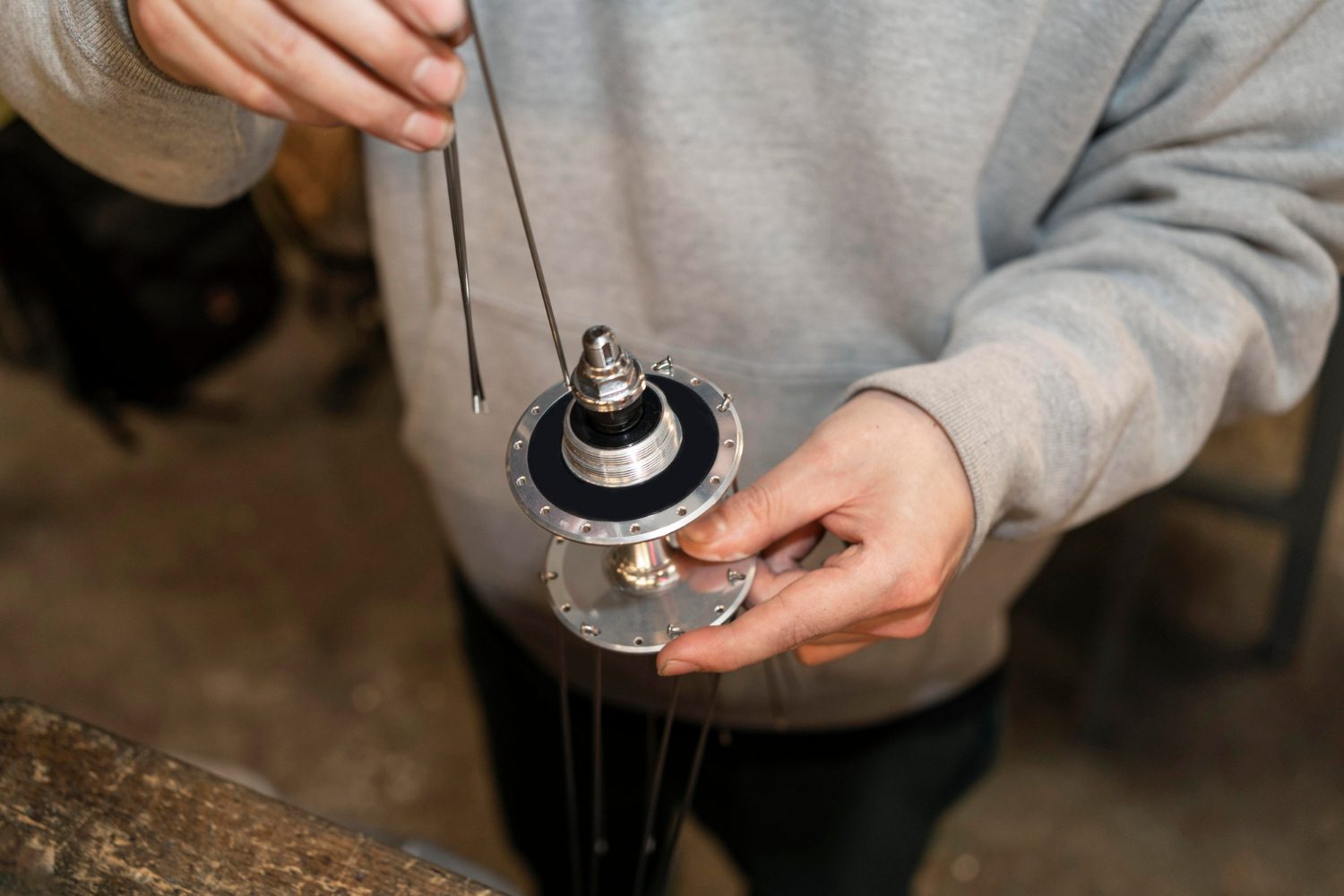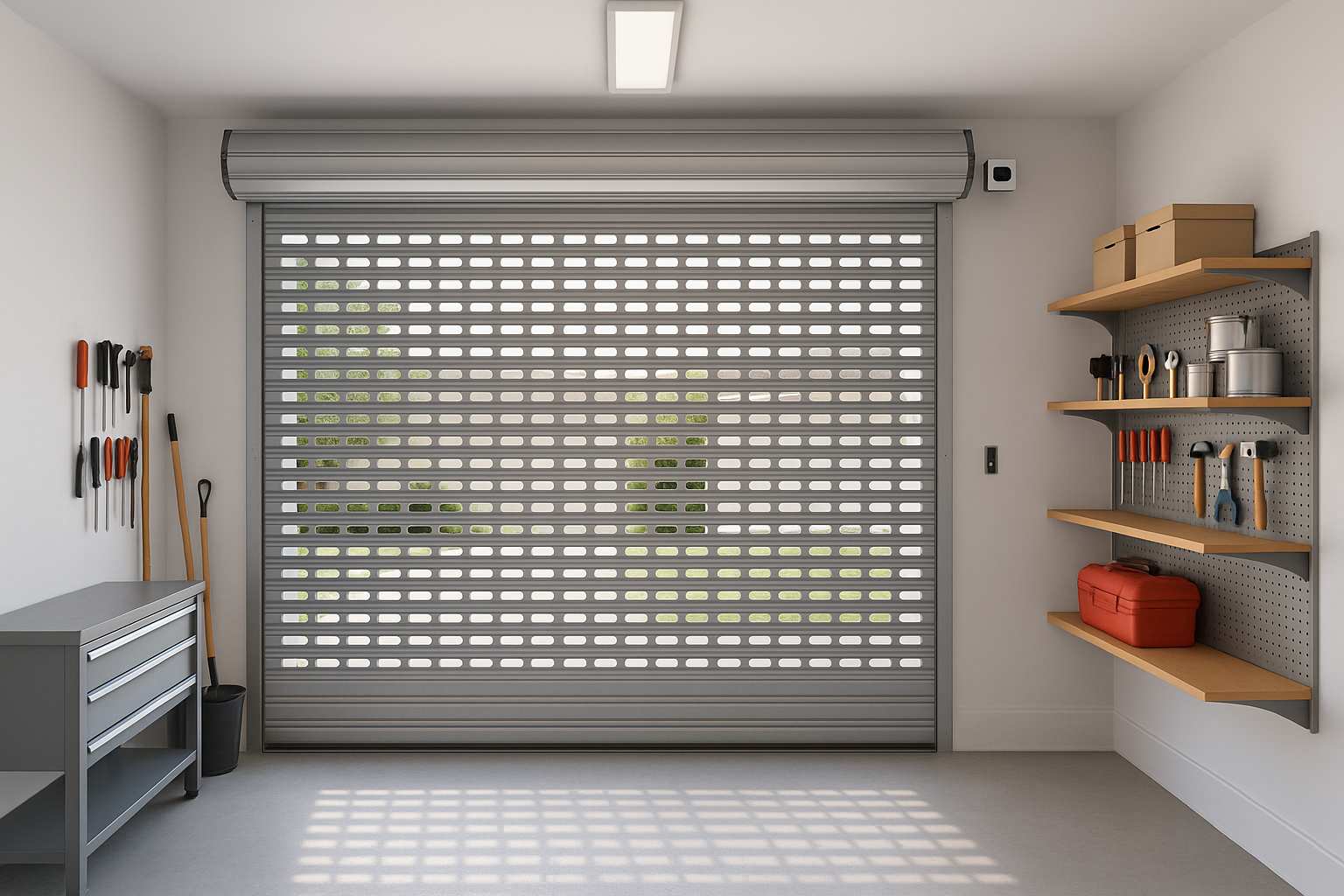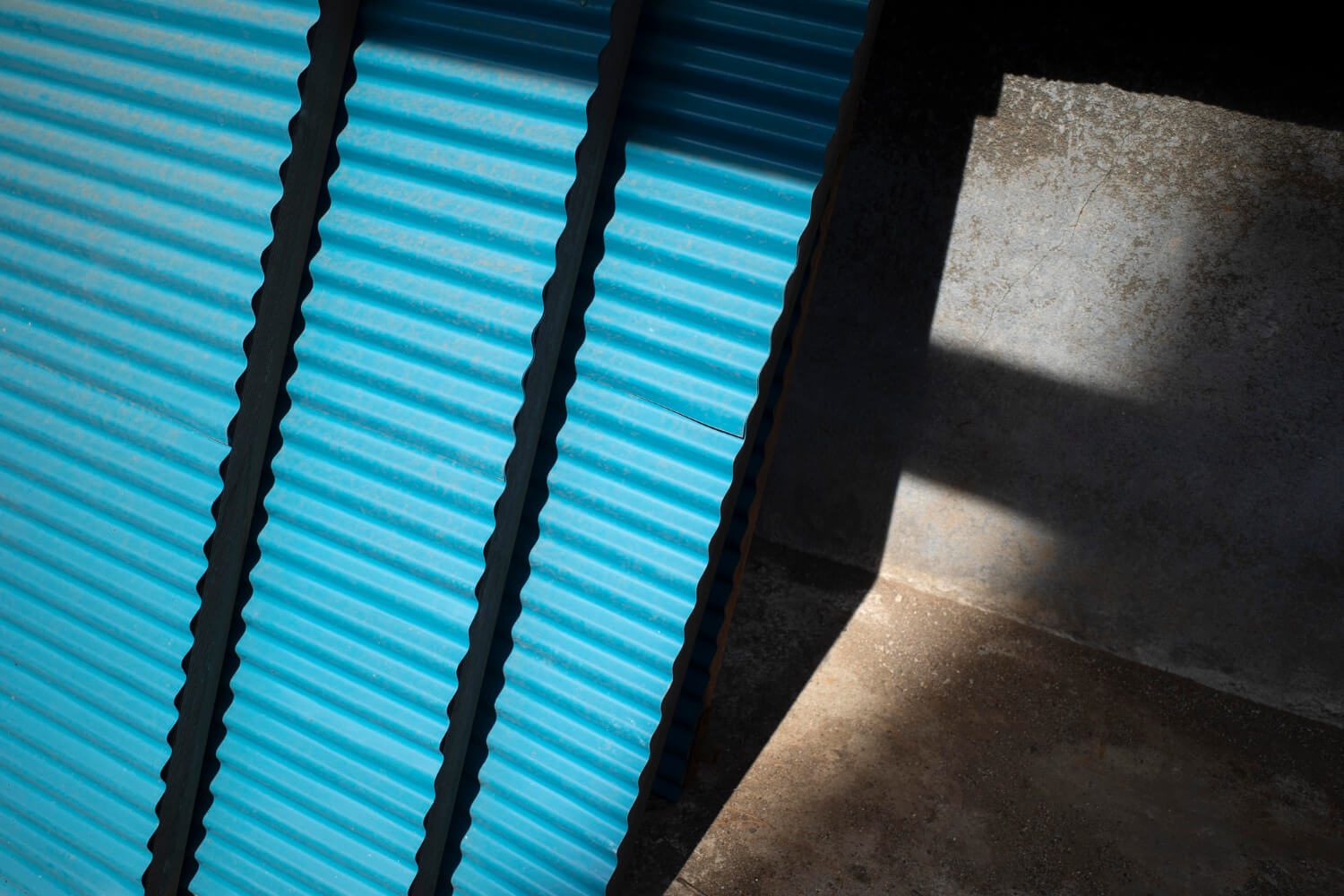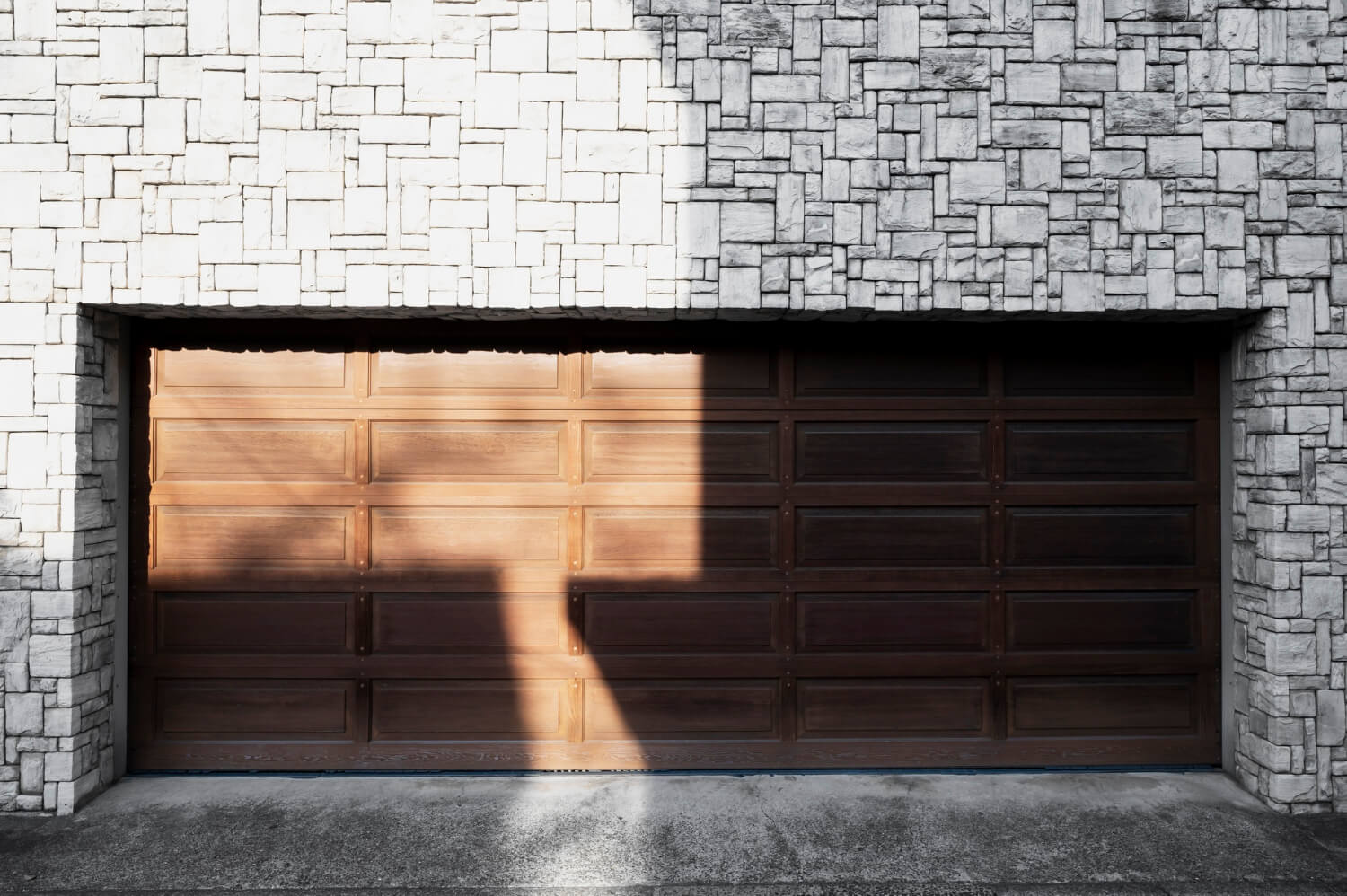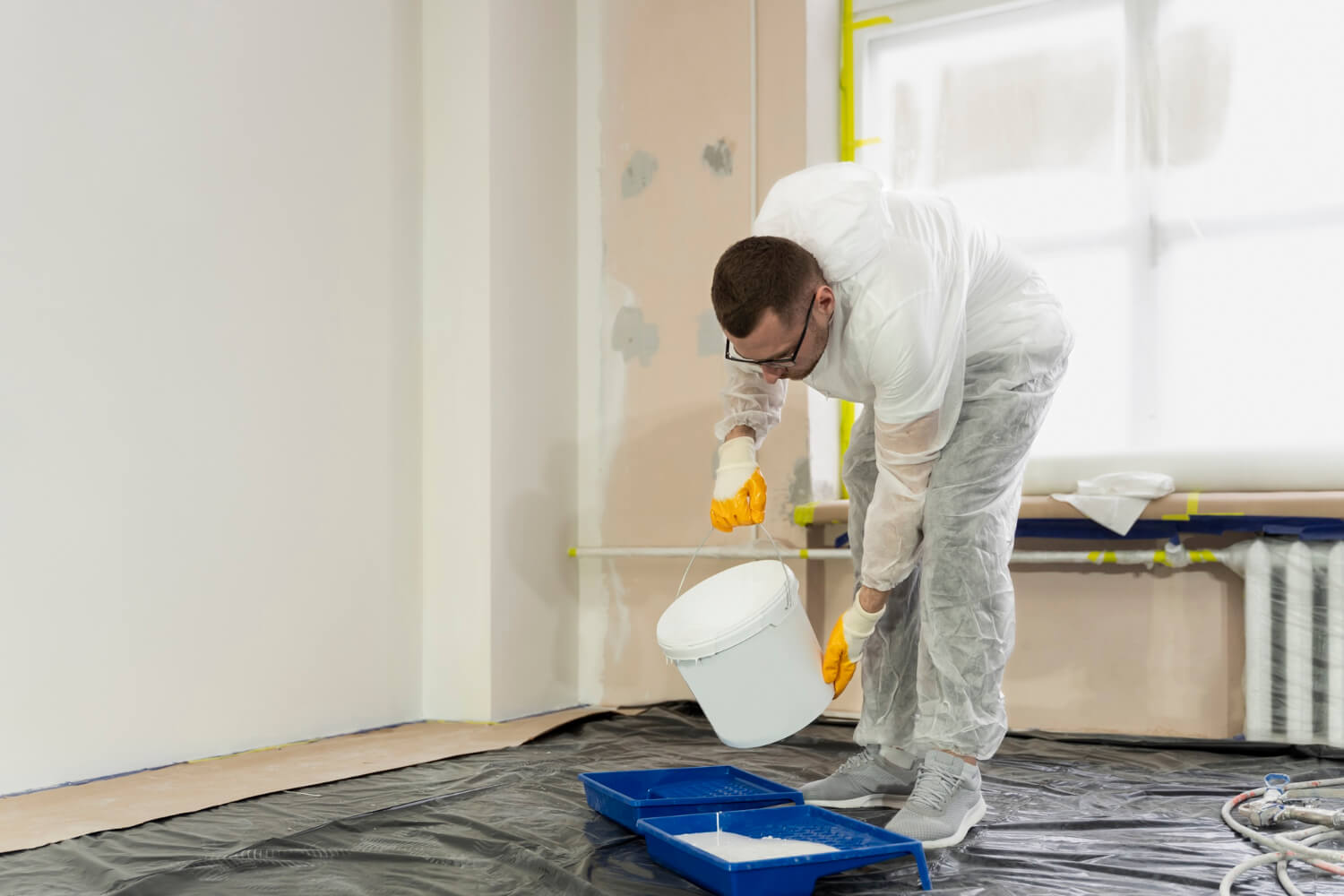G’day, folks! If you’re a homeowner with a garage, you’ve probably come across the term counterbalance springs. These little wonders are the unsung heroes of your garage door system. Today, we’re diving into what they are, how they work, and how to spot when they’re on their last legs. Whether it’s for your own garage or a mate’s, knowing this stuff can save you from a world of hassle.
What are Counterbalance Springs?
Counterbalance springs are mechanical devices designed to offset or balance the weight of an object—in this case, your garage door. They make it easier to lift and lower the door smoothly, counteracting the force of gravity. Without them, you’d be struggling to get that hefty door moving.
How Do Counterbalance Springs Work?
These springs typically operate as part of a torsion spring system. Now, I know “torsion spring” sounds like something out of a science textbook, but stick with me—it’s simpler than it sounds.
- Torsion Springs: These springs store mechanical energy when twisted. They work by counteracting downward forces, ensuring easy lifting of lids, covers, and, most importantly, garage doors.
- Constant Force Springs: Unlike traditional springs, these maintain a consistent force across their motion. Handy for balancing heavy garage doors without adding extra weights.
Applications of Counterbalance Springs
Counterbalance springs aren’t just for garage doors. They’re found in various industries due to their versatility:
- Doors and Overhead Storage: Used in many doors and overhead storage units to ensure smooth operation.
- Industrial Equipment: These springs are a mainstay in industrial settings, offering support for heavy covers and equipment.
- Automotive and Aerospace: Useful in managing the weight of heavy components like car hoods and aircraft covers.
- Everyday Products: From windows to gym equipment, and even hairdryers, these springs make life easier.
Types of Counterbalance Springs
There are two main types you’ll likely come across:
Torsion Springs
These are the most common in garage doors. As they twist, they store energy and release it when unwinding, providing that much-needed lift.
Constant Force Springs
Made from a coiled steel ribbon, they offer a consistent force. These are your go-to for applications needing a reliable recoil, like garage doors.
Materials Used in Counterbalance Springs
Counterbalance springs come in a variety of materials, each with its own benefits:
- Music Wire
- Stainless Steel (302/304, 17-7)
- Inconel, Hastelloy, Brass, Titanium
- MP35N, Elgiloy, Monel
- Hard Drawn, Hard Drawn Galvanized
- Oil Tempered, Chrome Silicon, Chrome Silicon Valve Grade
- Phosphor Bronze, Beryllium Copper/Bronze, Nichrome-Resistance Wire
Manufacturers test these materials rigorously to ensure they meet quality standards. Quality springs mean your garage door operates safely and efficiently.
Signs Your Counterbalance Springs Need Replacing
Like all good things, counterbalance springs don’t last forever. Here are some signs that yours might need replacing:
- Excessive Noise: If your garage door starts making more noise than usual, the springs might be worn.
- Slow or Uneven Movement: If the door doesn’t open at its usual speed or moves unevenly, it’s a clear sign.
- Visible Wear and Tear: If you can spot stretched or visibly damaged springs, they’re likely at the end of their life.
- Door Doesn’t Stay Open: If the door won’t stay in the open position, the springs could be past their prime.
Risks of Ignoring Worn-Out Springs
Ignoring bad springs is like driving on bald tyres—it’s asking for trouble. Here’s why you shouldn’t put off replacing them:
- Operational Failure: The door could fail to operate, trapping your car or creating a safety hazard.
- Injury Risk: Springs under tension can snap unexpectedly, posing a serious risk to you and your family.
- Damage to Opener: A failing spring puts more strain on the garage door opener, potentially causing more costly repairs.
Why Professional Replacement is Essential
Counterbalance springs are under high tension. Replacing them is not a ‘do it yourself’ job unless you’ve got the right skills and tools. Here’s why you should call in the pros:
- Safety: Professionals have the know-how to replace springs safely, mitigating any risk of injury.
- Correct Installation: The springs need to be installed correctly for the door to function properly.
- Warranty and Assurance: Professionals often provide warranties, giving you peace of mind.
The Manufacturing Process of Counterbalance Springs
The making of these springs involves a blend of technology and craftsmanship. Here’s a quick rundown:
- Material Testing: Ensures materials meet safety and performance standards.
- Wire Coiling: State-of-the-art facilities coil wires to precise specifications.
- Dimensional Accuracy: Springs are tested for size and accuracy to ensure they fit perfectly.
- Operational Testing: Every spring undergoes performance checks to meet high standards.
Customization and Quality
If you’ve got specific requirements, springs can be tailored to suit:
- Custom Designs: Tailor the size, length, and material to your specific needs.
- Finishing Options: Choose from electro-plating, powder coating, and more for your springs.
Conclusion
Counterbalance springs might not be something you think about daily, but they play a crucial role in your garage door’s operation. Knowing the basics about their function and maintenance can save you time, money, and hassle. When it comes time to replace those springs, call in a professional to ensure everything’s done safely and correctly. So next time your garage door gives you any grief, you’ll know just what to do!

